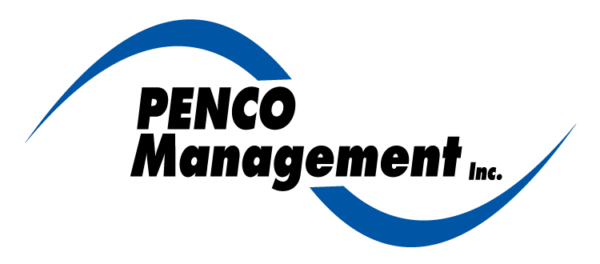An Agenda to Keep Your Meeting on Track
Utilizing an Agenda to Keep Your Community Association Meeting on Track Creating and following an agenda can help keep your Board of Directors meeting for your Community Association on track. A detailed but flexible agenda can keep your meeting productive in order to cover all the items listed in the shortest amount of time. Below …







